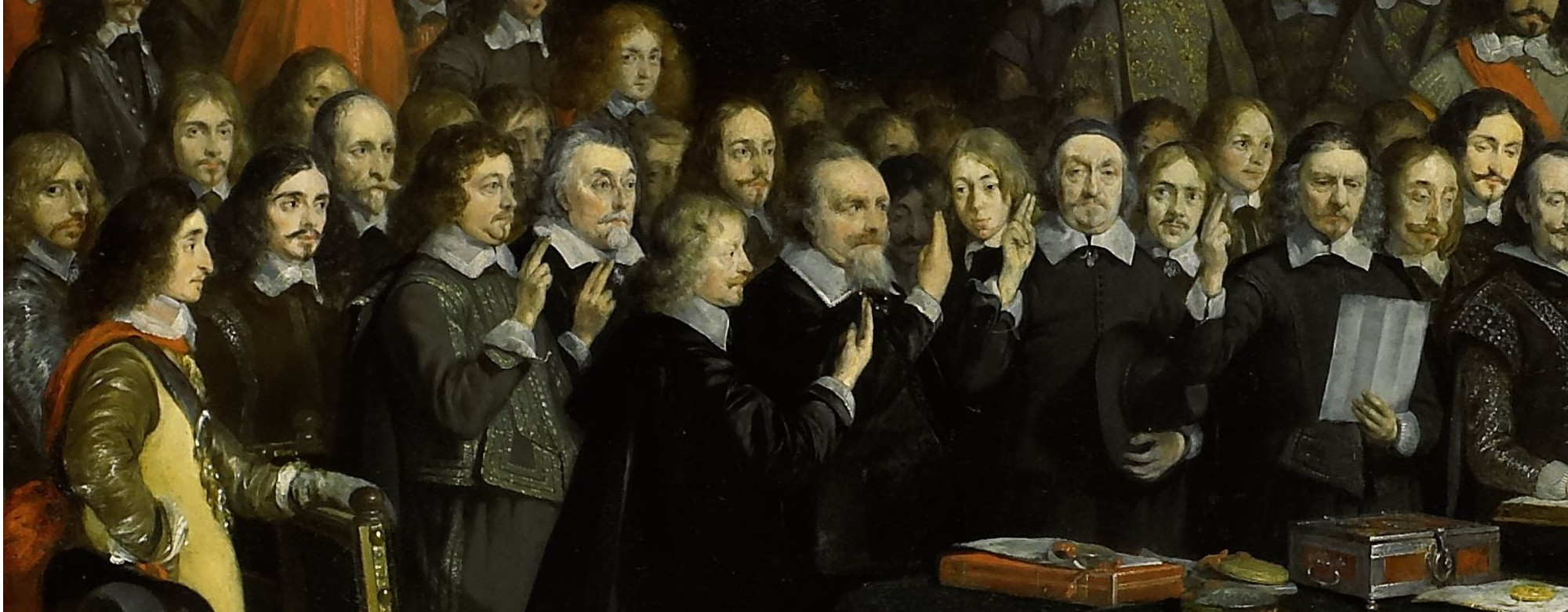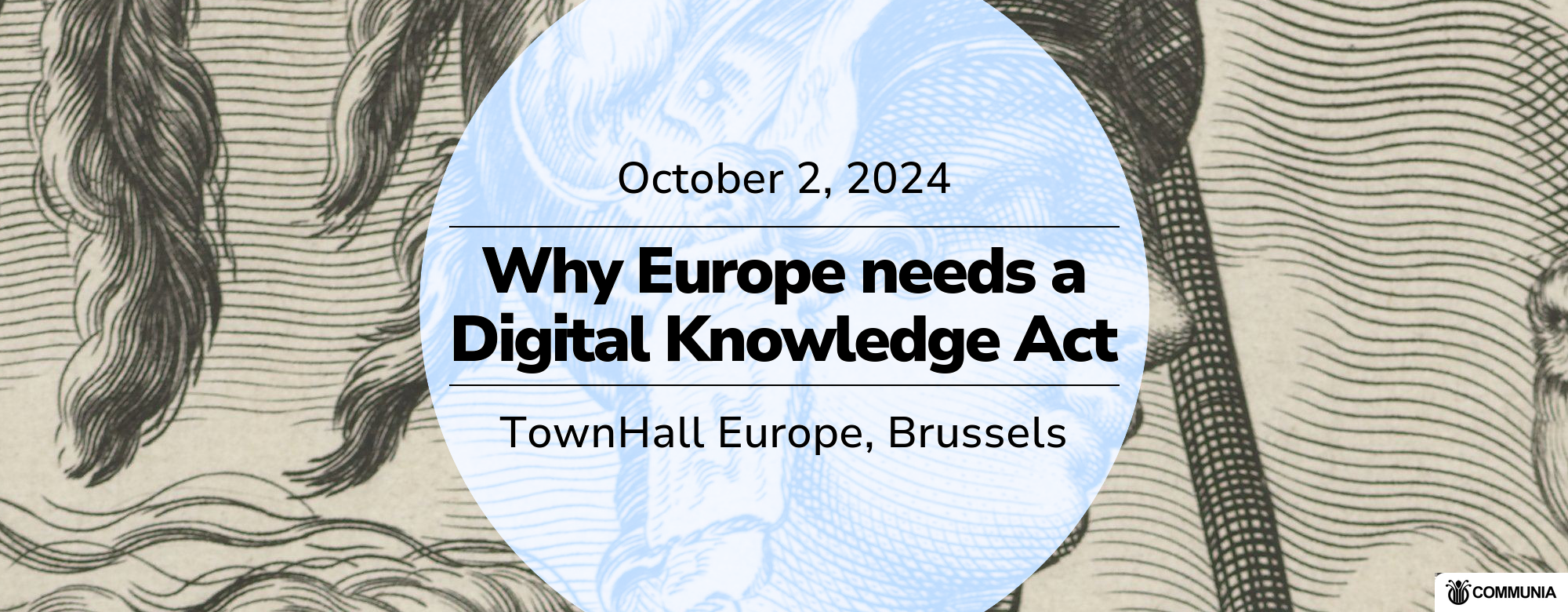In April of this year we published our Policy Paper #15 on using copyrighted works for teaching the machine which deals with the copyright policy implications of using copyrighted works for machine learning (ML) training. The paper highlights that the current European copyright framework provides a well-balanced framework for such uses in the form of the text and data mining exceptions in Articles 3 & 4 of the Copyright Directive.
In their new Policy brief on defining best practices for opting out of ML training published today, our member Open Future takes a closer look at a key element of the text and data mining exception: The rights reservation mechanism foreseen in Article 4(3) of the Directive, which allows authors and other rights holders to opt out of their works being used to train (generative) ML models.
The policy brief highlights that there are still many open questions relating to the implementation of the opt out mechanism. That is, how the machine-readable reservation of rights under Article 4 will work in practice. One of the key issues in this context is the fact that currently there are no generally accepted standards or protocols for the machine-readable expression of the reservation. The authors of the policy brief provide an overview of existing initiatives to provide standardized opt-outs which include initiatives by Adobe and a publisher-led W3C community working group, as well as the artist-led project Spawning, which provides an API that aggregates various opt-out systems. In addition, they highlight a number of proprietary initiatives from model developers, including Google and OpenAI.
Lack of a technical standard
According to the policy brief, one of the key problems facing creators and other rights holders who wish to opt out of ML training is that it is unclear whether and how their intentions to opt-out will be respected by ML model developers. According to the authors of the policy brief, this is deeply problematic and risks undermining the legal framework put in place by the 2019 Copyright Directive:
Continued lack of clarity on how to make use of the opt-out from Article 4 of the CDSM Directive creates the risk that the balanced regulatory approach adopted by the EU in 2019 might fail in practice, which would likely lead to a reopening of substantive copyright legislation during the next mandate. Given the length of EU legislative processes, this would prolong the status quo and, as a result, fail to provide protection for creators and other rightholders in the immediate future.
It seems clear that this scenario should be avoided, both in the interest of creators, who need to have meaningful tools to enforce their rights vis-à-vis commercial ML companies, and in order to preserve the hard-won compromise reflected in the TDM exceptions.
In line with this, the Open Future policy brief calls on the European Commission to “provide guidance on how to express machine-readable rights reservations”. According to the brief, the Commission needs to step in and “publicly identify data sources, protocols and standards that allow authors and rightholders to express a machine-readable rights reservation in accordance with Article 4(3) CDSM”. This guidance would provide important clarity about the availability of freely usable methods of reservation and certainty as to their functionality.
According to the authors, such an intervention would allow the Commission to support creators and other rightholders seeking means to opt out of ML training, while at the same time providing “more certainty to ML developers seeking to understand what constitutes best efforts to comply with their obligations under Article 4(3) of the CDSM Directive.
Time to act
The Open Future policy identifies an important shortcoming in the existing EU approach to the use of copyrighted works for ML training. Without clear guidelines for standardized machine-readable rights reservations, the opt-out mechanism foreseen in Article 4 is unlikely to work in practice. While there are a number of existing standards, the fragmentation of this system causes tremendous uncertainty for creators.
As Open Future points out, it is up to the Commission, which is responsible for ensuring the proper implementation of the Directive’s provisions, to intervene in this area and provide initial clarity to all stakeholders. In the longer term, it would be ideal to see the emergence of an open standard that is maintained independently of any direct stakeholders. Such an effort should not be limited to aggregating opt-outs, but should also be designed to ensure that works in the public domain or made available under licenses that allow and/or encourage reuse are clearly identified as such (In line with our Policy Recommendation #20).

